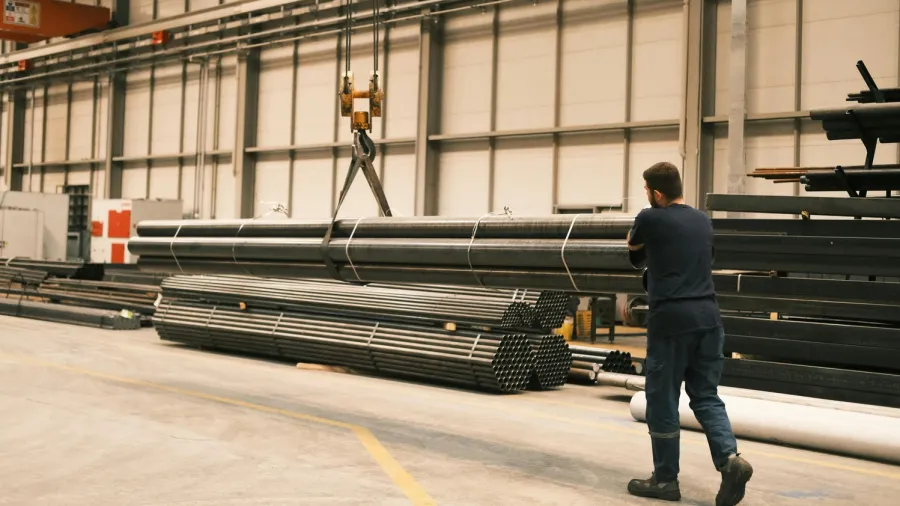
Green-steel hubs need unified business cases to benefit stakeholders
Unlike traditional steel sites, these hubs may have different ownership structures.
Industry shapers who wish to pursue green-steel hubs would need to build an integrated business case for all stakeholders, according to McKinsey & Company.
Establishing green-steel hubs is a complex task that involves creating new ecosystems with various stakeholders and partners.
Unlike traditional steel sites, these hubs may have different ownership structures, potentially including energy and infrastructure companies as shareholders.
Herewith, McKinsey has noted in their report the basic building blocks that companies must ensure to succeed.
Mining companies. It will be crucial for manufacturers of hot briquetted iron (HBI) to secure partnerships to source raw materials and the high-grade iron ore needed for direct reduction. These collaborations could provide benefits to both HBI manufacturers and mining companies.
Energy companies. Green-steel hubs require reliable access to renewable electricity, natural gas, and green hydrogen, aligned with potential national energy transition plans.
Investors.
Building new direct reduced iron (DRI) and HBI production plants demands major capital expenditures and smart financing to minimise the cost of capital.
These greenfield projects present an attractive opportunity for investors as ring-fenced, low-emissions assets with stable steel company offtake and reduced exposure to raw material volatility risks.
Equipment OEMs. To set up new DRI plants, equipment must be procured. In turn, to ramp up the production of necessary equipment, OEMs must attract talent and navigate legislative factors such as subsidies, permitting, and export finance.
Governments. Green-steel hubs have the potential to boost GDP growth and employment opportunities for local and national governments, but collaboration amongst industry shapers is essential to obtain necessary permits and lay the groundwork for development.
Establishing HBI hubs in greenfield areas will also require basic infrastructure like roads, harbours, grid connections, and natural gas networks, necessitating partnerships with local governments.
At the same time, these hubs could be an opportunity for governments and industry shapers to scale hydrogen infrastructure effectively due to the high concentrated demand.
Logistics companies. HBI hubs will need to establish strong inbound and outbound logistics capabilities to ensure steady material flows. For instance, outbound HBI could require transport in large-scale vessels, which would then need suitable port infrastructure, such as deep-sea capabilities.
The report also noted that to make the ecosystem work, a solid sales and go-to-market strategy is critical.
The HBI hub operator must secure long-term offtake contracts with steel companies in key markets, ensure deliveries fulfill stringent quality requirements, and negotiate margins that balance the hubs’ profitability with the competitiveness of off-takers.


















